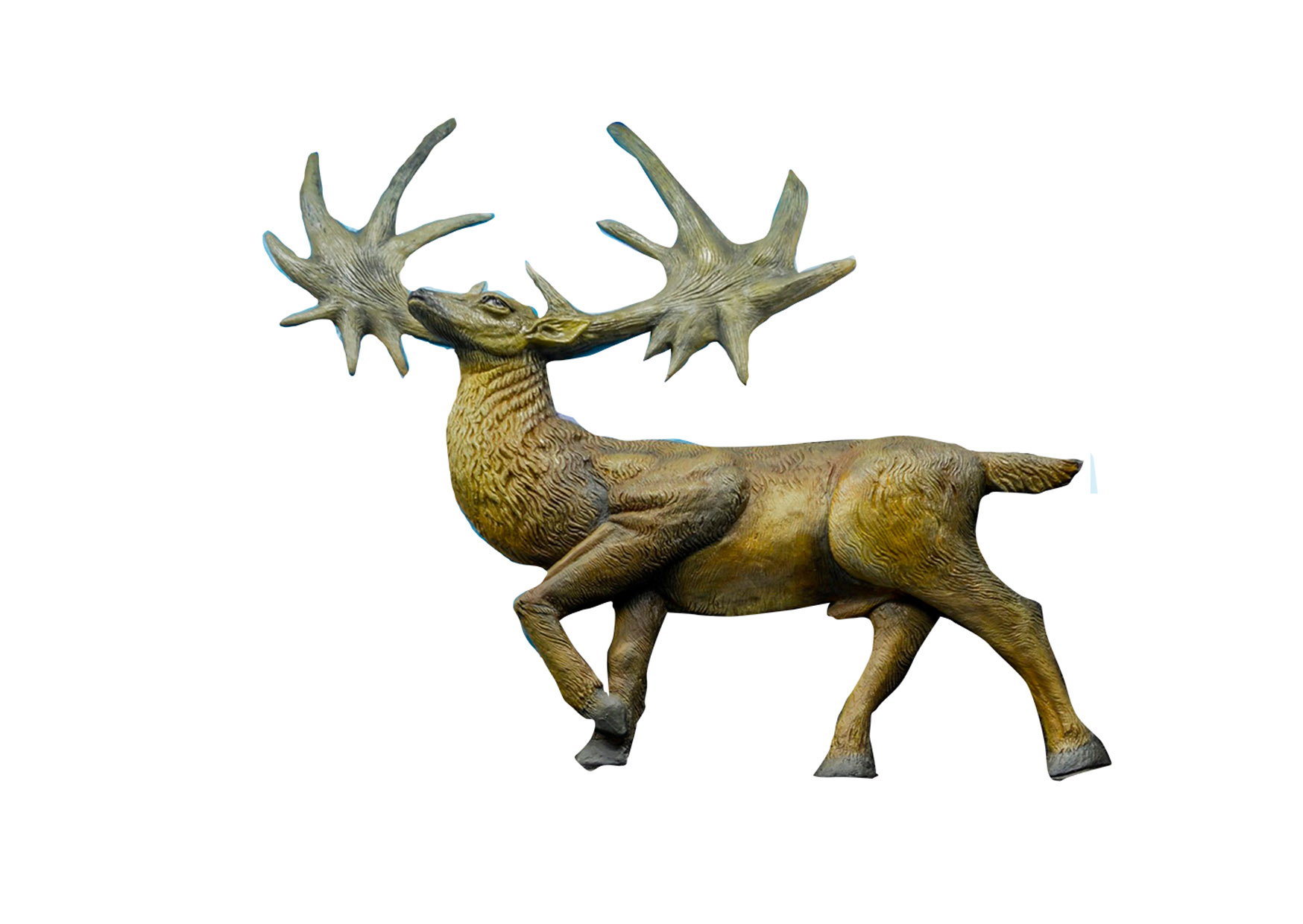Thylacine
Thylacinus cynocephalus Size Body length – 100 to 130 cm Tail length – 50- to 65-cm Weight – 15 to 30 kg Males were larger than females on average. Physical description The fur was yellowish brown, with 13 to 19 dark bars on the back and rump. Hind legs...

